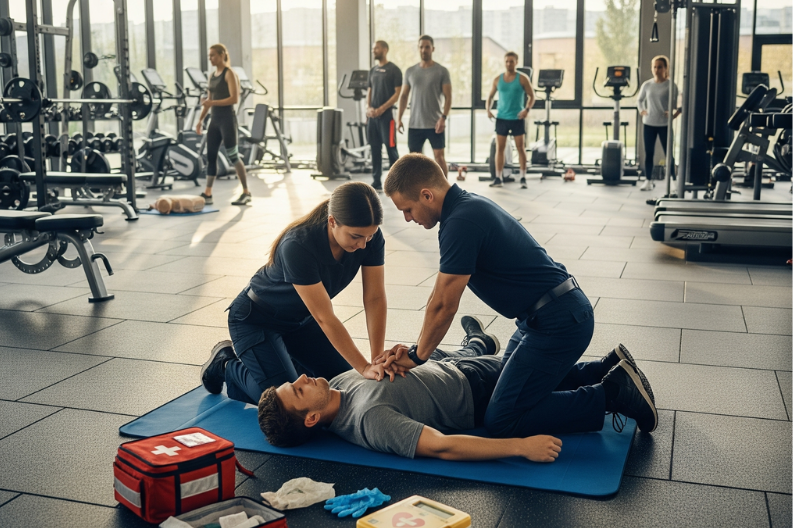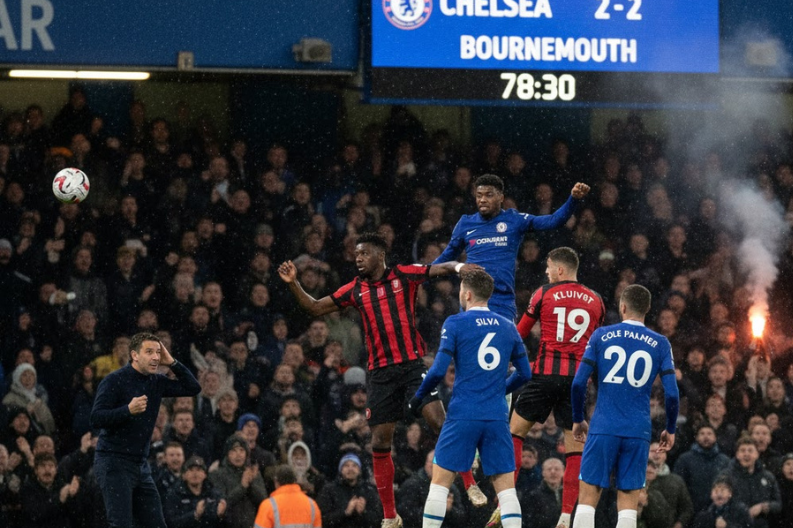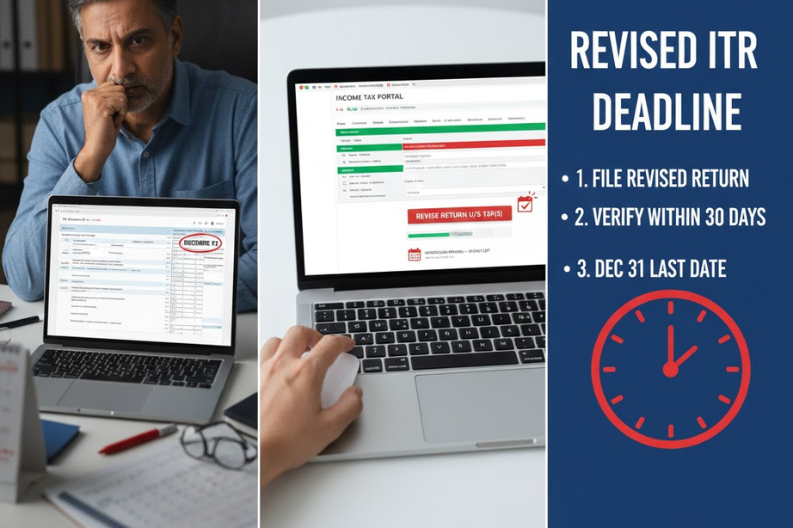On July 9, a routine morning at the gym turned into a life-threatening ordeal for 40-year-old Mohit Sachdeva from Lajpat Nagar, Delhi. A dedicated fitness enthusiast, Mohit had followed the same schedule for two decades, beginning his workout at 7:15 a.m. But an hour later, while attempting a heavy leg press with 180 kilograms, he suddenly felt dizzy and collapsed. He suffered a cardiac arrest.
Quick thinking and immediate action saved his life. Friends at the gym performed Cardiopulmonary resuscitation (CPR), a lifesaving technique combining chest compressions and breaths to maintain blood circulation when the heart stops. Their timely response kept Mohit alive until doctors at the Medanta-Moolchand Heart Centre could take over. His wife, Ruby, received a call from his gym friends and rushed to the hospital.
At the hospital, doctors found no pulse. They performed advanced CPR, delivered electric shocks, and revived his heartbeat before placing him on a ventilator. “Every minute counts after a cardiac arrest,” said Dr. Abbas Ali Khatai, an emergency consultant. “Without oxygen, the brain begins to die, leading to organ failure.”
Once his heart stabilized, cardiologist Dr. Tarun Kumar raised his blood pressure with medication and ran diagnostic tests. An angiography showed three blocked arteries, two of them completely clogged. The medical team carried out an angioplasty, inserting a stent to restore blood flow. Within 24 hours, Mohit breathed on his own again. After three days, doctors discharged him with plans for another procedure to clear the remaining blockages.
Doctors later confirmed that Mohit had ignored warning signs such as pain in his left arm during workouts and while trekking—symptoms of angina caused by reduced blood flow to the heart. His unchecked high blood pressure and borderline high cholesterol further raised his risk. Ruby explained that Mohit, despite a disciplined diet, had recently started using herbal supplements and protein powders. Dr. Kumar cautioned that excess protein intake can strain the kidneys and accelerate plaque buildup in arteries, increasing the chance of heart attacks.
The incident highlights broader lessons in heart health. Even fit individuals may face hidden conditions, such as genetic heart muscle thickening or high cholesterol, which only regular screenings can detect. Doctors advise annual cardiac tests for everyone over 25, especially those with a family history of heart problems.
Equally critical is community awareness of CPR. “Not everyone is as fortunate as Mohit,” said Dr. Abbas. “Widespread CPR training can save countless lives.”
Today, Mohit continues his recovery, gradually rebuilding his fitness under medical supervision. His story reminds us of the importance of preventive health checks, cautious use of supplements, and CPR awareness. What began as a typical morning at the gym nearly ended in tragedy—but instead became a powerful lesson in survival.



